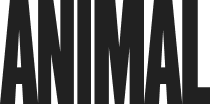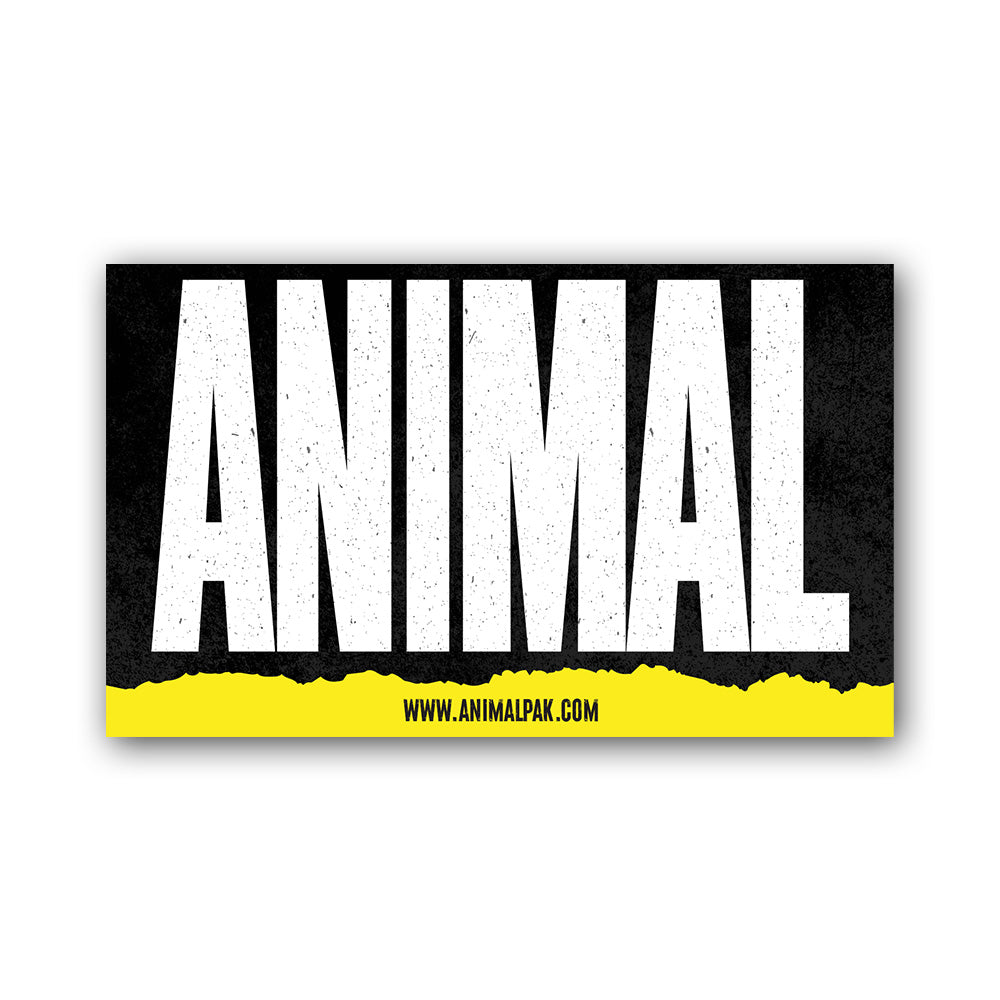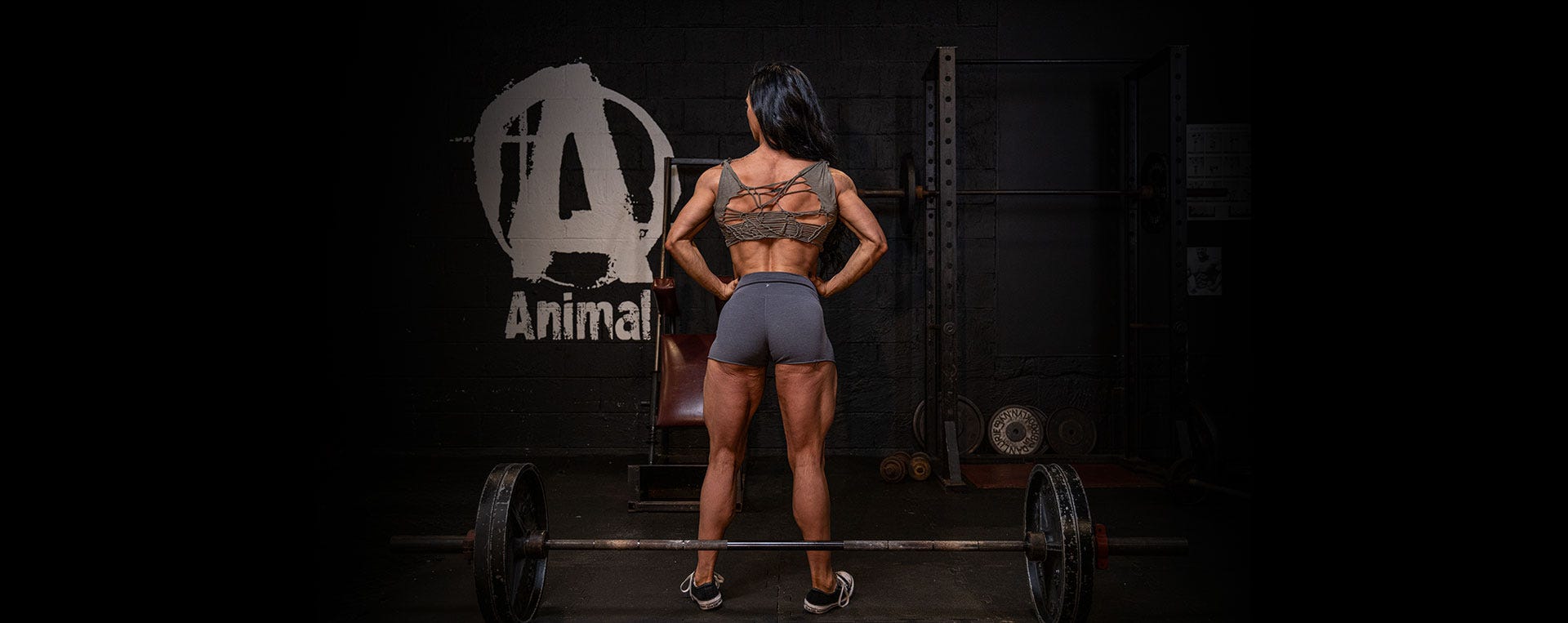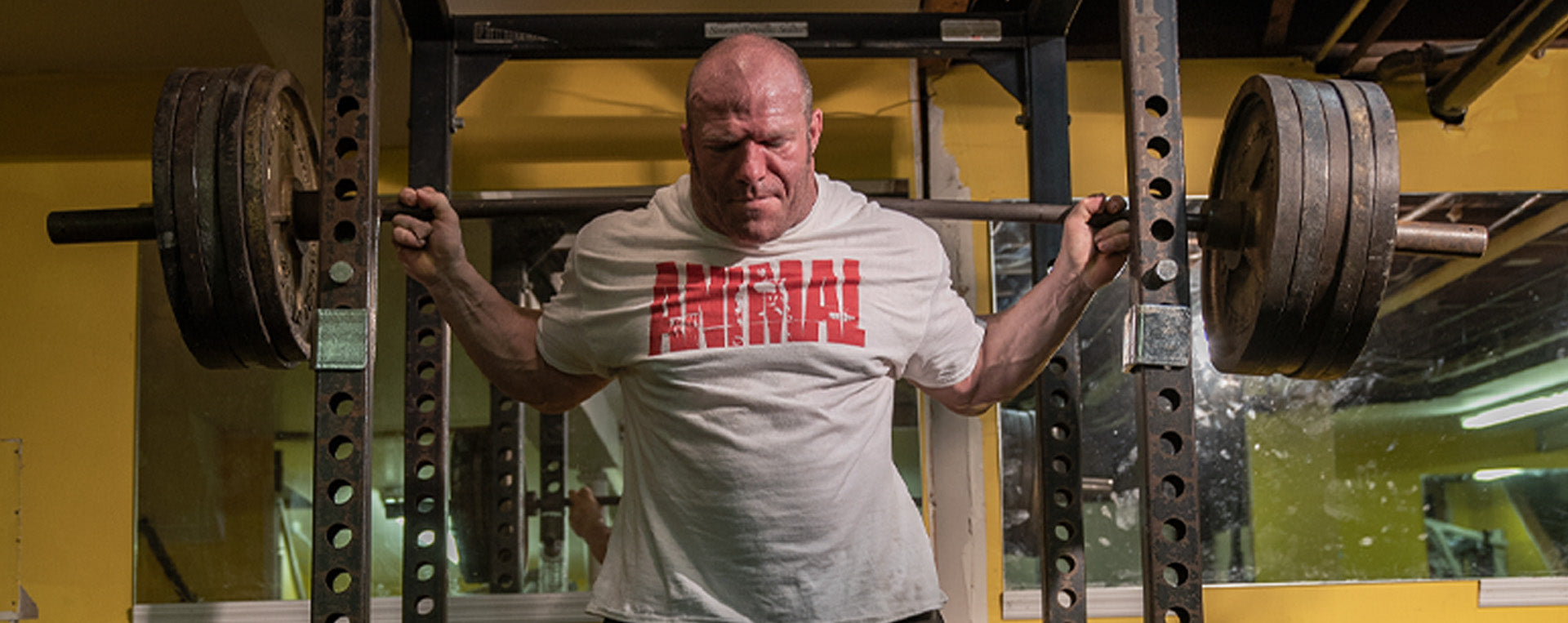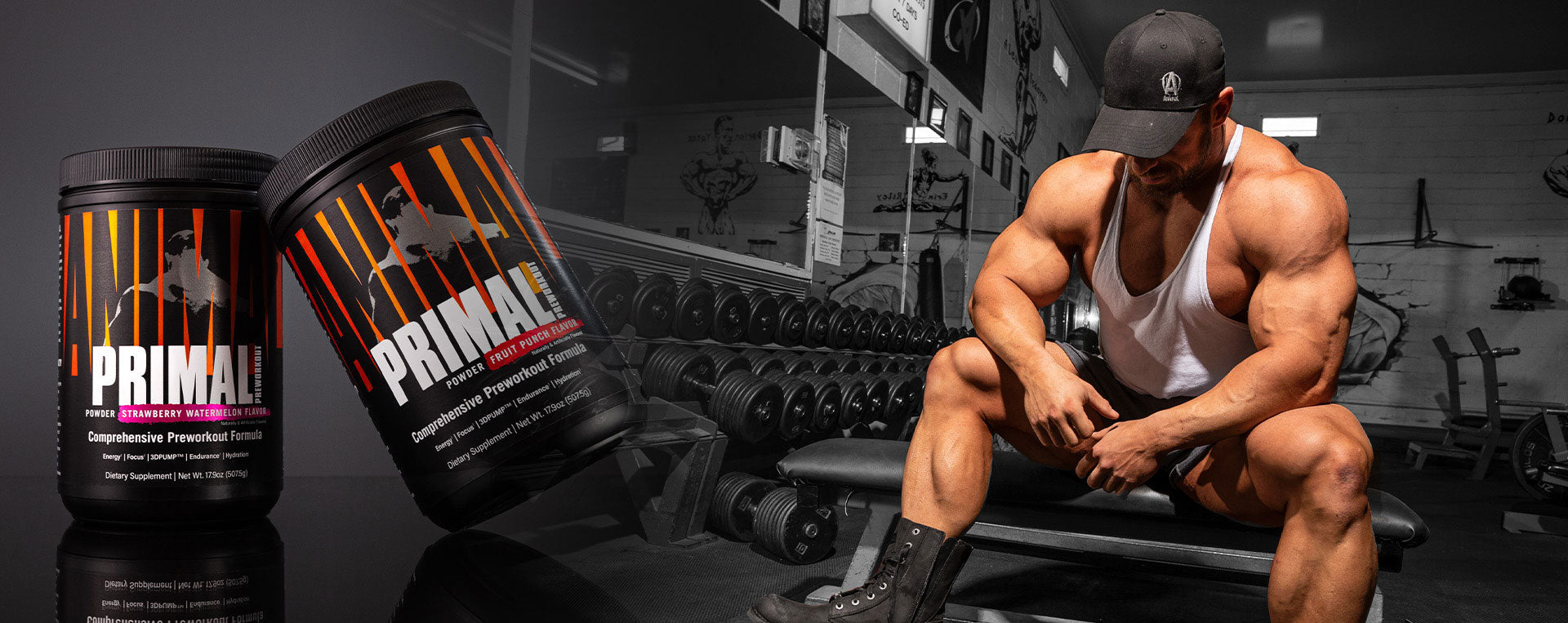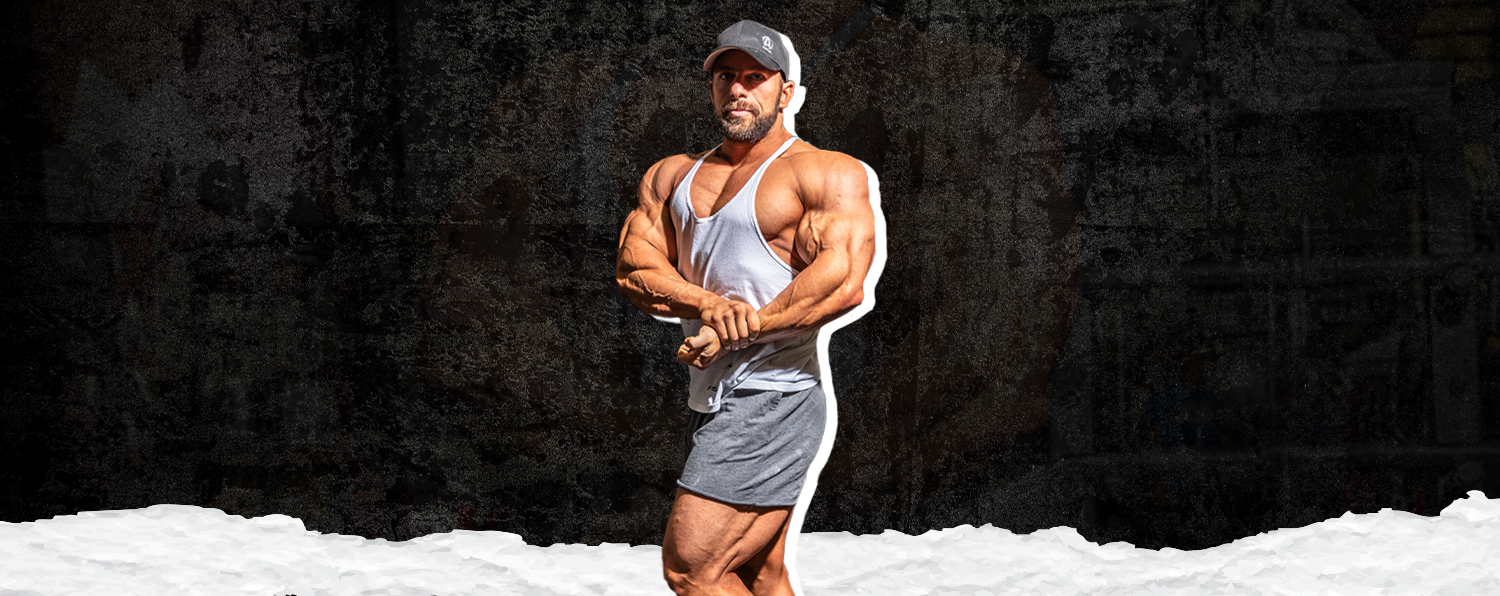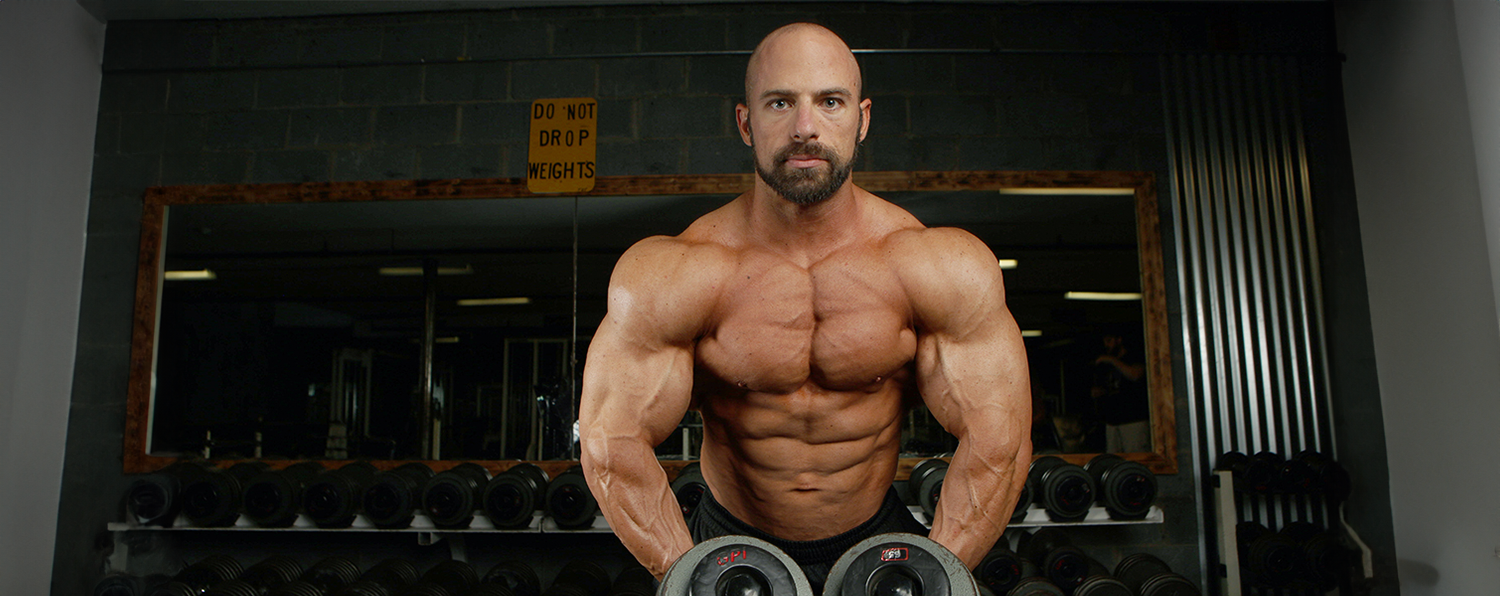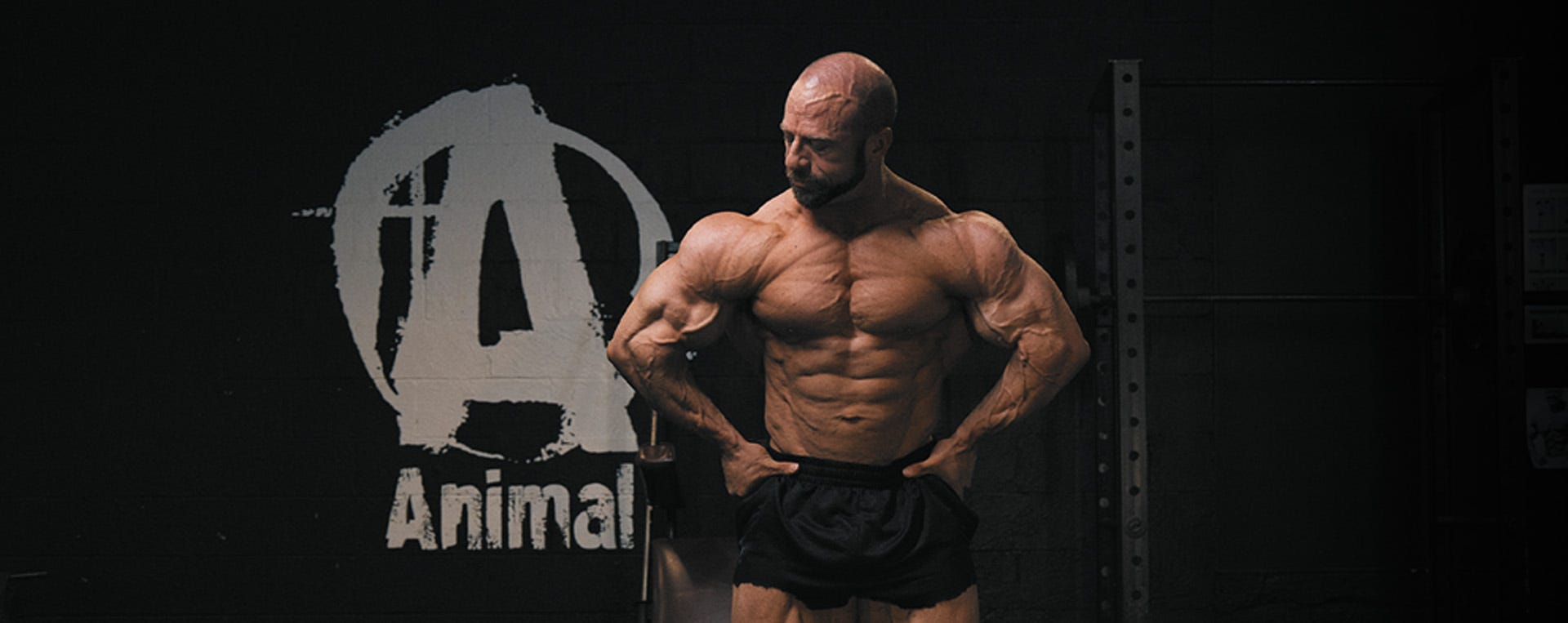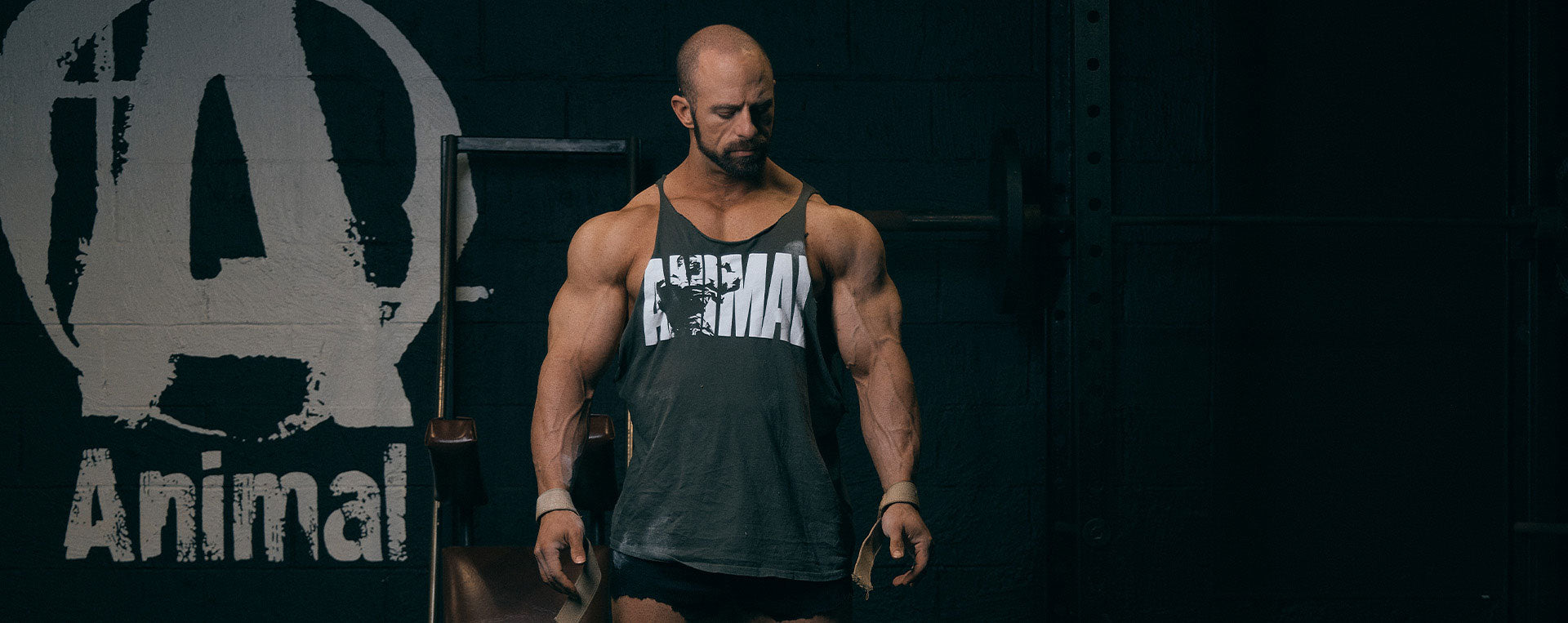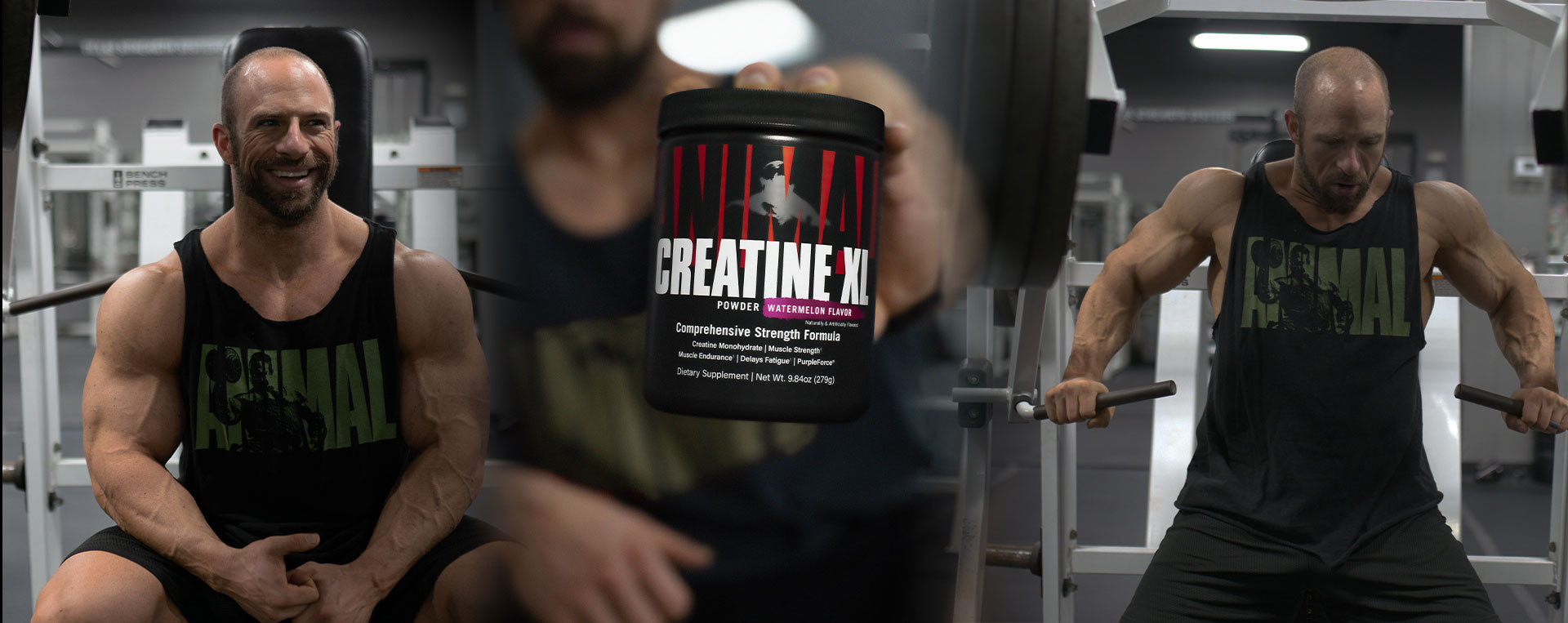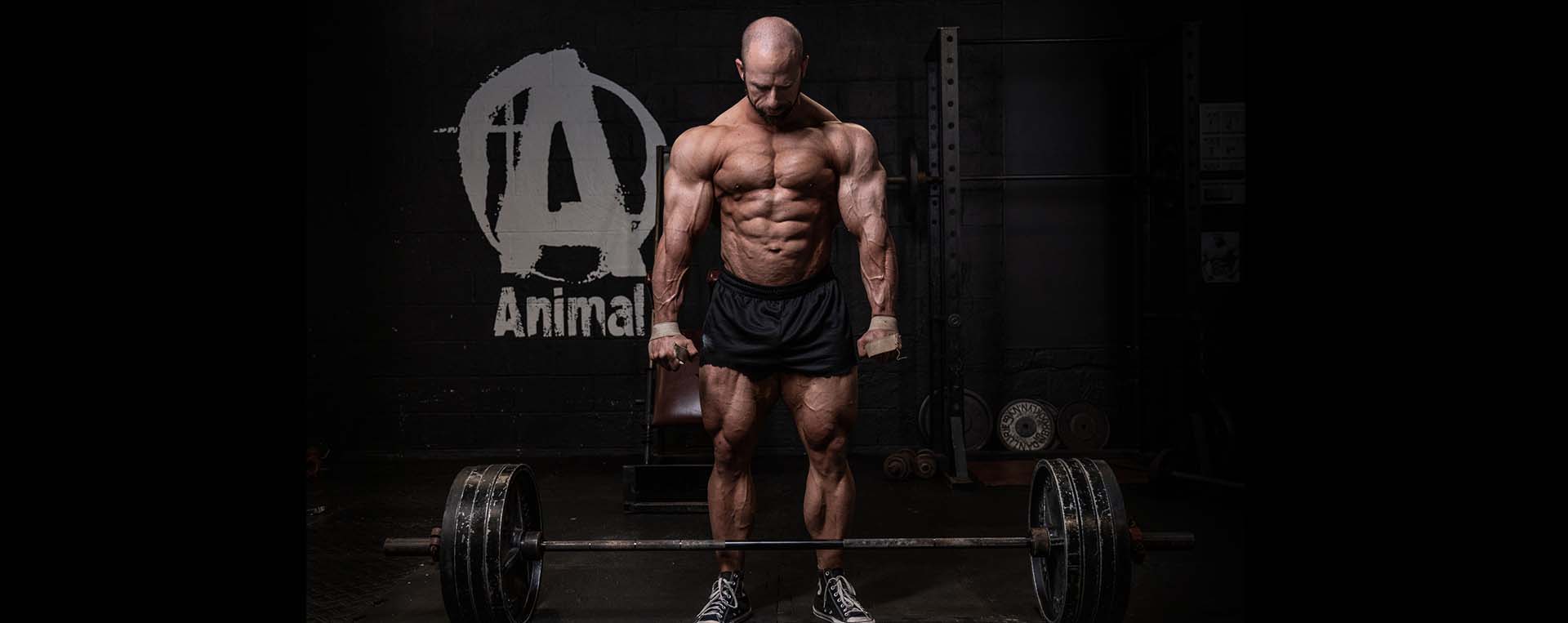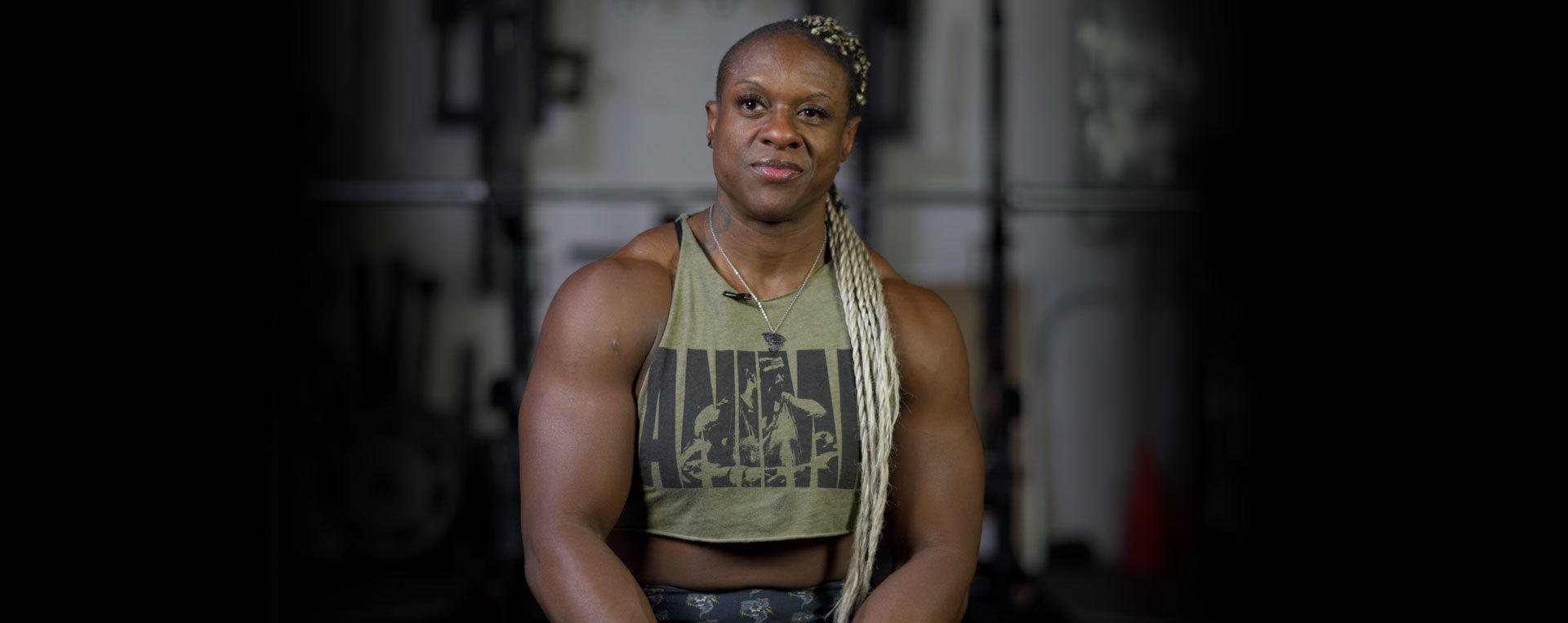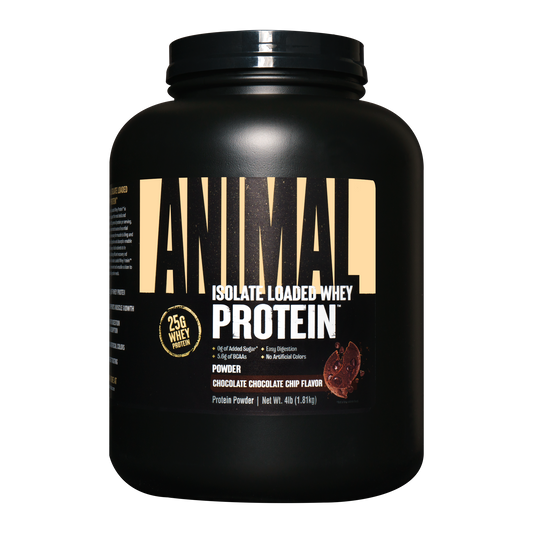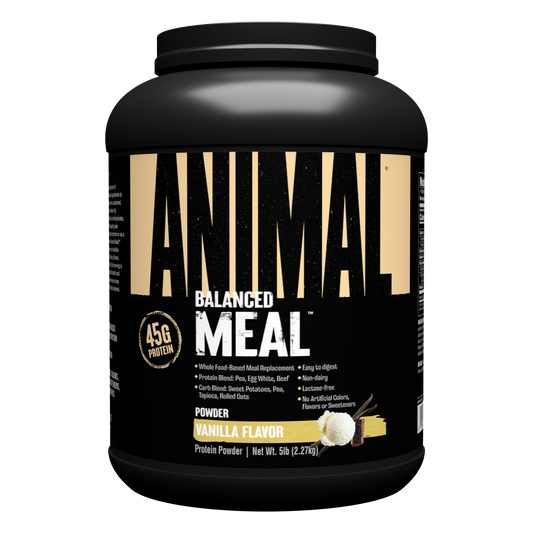Before we get into this workout, you need to understand the mechanics of the traps and realize they do a lot more than just shrug up and down. The trapezius muscle originates on the occipital bone (bottom of the head) and extends down mid back to the mid thoracic spine. It extends laterally to its insertion point on the spine of the scapula. So, the traps are a main mover of the shoulder blade. They can elevate the shoulders; if the arms are straight in front of you, they can retract the shoulders; and if the arms are overhead, the traps can depress the shoulders. In order to fully train this muscle, it needs to be trained in all three planes. Although the traps can perform neck extension, I don’t see a need for loaded neck harness exercises for bodybuilding.
Keep in mind that this isn’t a full blown trap workout as the traps are also involved in shoulder, chest, and leg days depending on the movement performed.
Back Workout
*Warm up sets are not included in descriptions, take as many warm up sets as needed. Pyramid up in weight.
*All listed sets are taken to or near failure, consider safety when training to failure.
BARBELL ROW: This is a typical standing barbell row.
- Bend your body 45 degrees to the ground.
- Get a full scapula retraction by pulling the bar toward the navel. Strict form is needed here to take away the momentum the lower back can generate.
- There will be some body sway, but keep the torso locked in place.
- Perform these rows on a flat bench to help set bar height and prevent excessive torso swing.
- Work up to a max out set of 6-8 reps on the first set. For the second set, drop weight 20-30% and get as many reps as possible.
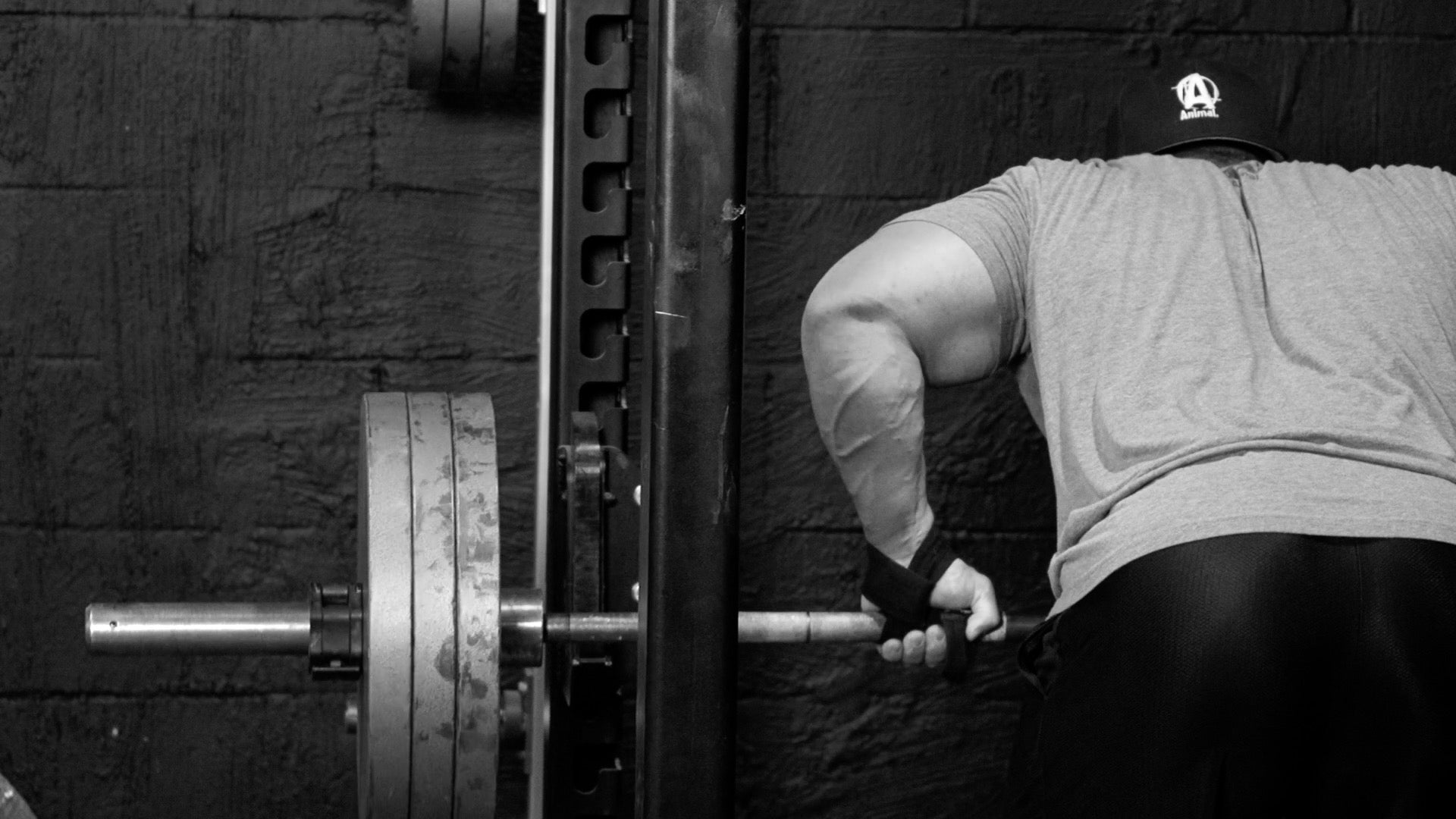
NEUTRAL GRIP PULL DOWN: This pull down exercise makes the traps perform scapula depressions which train the lower trap muscle.
- To really involve the lower trap, lean the torso back 30 degrees.
- Also make sure to keep the chest pulled up high and do not let the shoulders roll over.
- I use a neutral grip for the great range of motion it provides.
- Work up to a max out set of 10-12 reps.
- Pause each rep for a one-second isometric hold in the bottom position. Perform two more sets with the same weight for as many reps as possible.
T-BAR ROW with SHRUG: The T-bar row allows us to train the mid trap for full scapula retraction. Being chest supported, it also allows for a stricter row.
- I like to go to failure through a full range of motion and then perform horizontal shrugs to keep tiring out the muscle.
- Work up to a max out set of 12-15 reps with full range of motion, then perform an additional 10 shrugs. Perform 2 more sets with the same weight for as many reps as possible.
TRAP BAR DEADLIFT with SHRUG: Arguably, rack pulls would be a great choice here as well. The traps are activated to a greater extent in the top half of the deadlift but solely through an isometric contraction. If you choose to do rack pulls, do them with a wide grip, which will cause great trap activation. I chose to perform trap bar deadlift with an addition of a shrug.
- Using a neutral grip, the trap bar leaves the arms out at 30 degrees from the body. This is a very effective position to contract the traps and keep the shoulder safe. I do not recommend straight bar shrugs and would suggest using a trap bar or dumbbells.
- Work up to a hard set of 10 reps, perform a shrug and isometric hold on each rep. Perform one more set with the same weight for as many reps as possible.
ROPE FACE PULL: The rope face pull is very effective at emphasizing the upper and mid trap. I like training rear delts on my back day, so I work them through this as well.
- I prefer a seated stable position and eliminate swinging as much as possible.
- Work up to a max out set of 20 reps with a one-second isometric hold on each rep. Perform two more sets with the same weight.
That wraps up my trap emphasis back day. I prefer training back twice a week, so my other back day would be more balanced and include more lat exercises. Give this workout a go and get started on building an admirable, big yoke.
